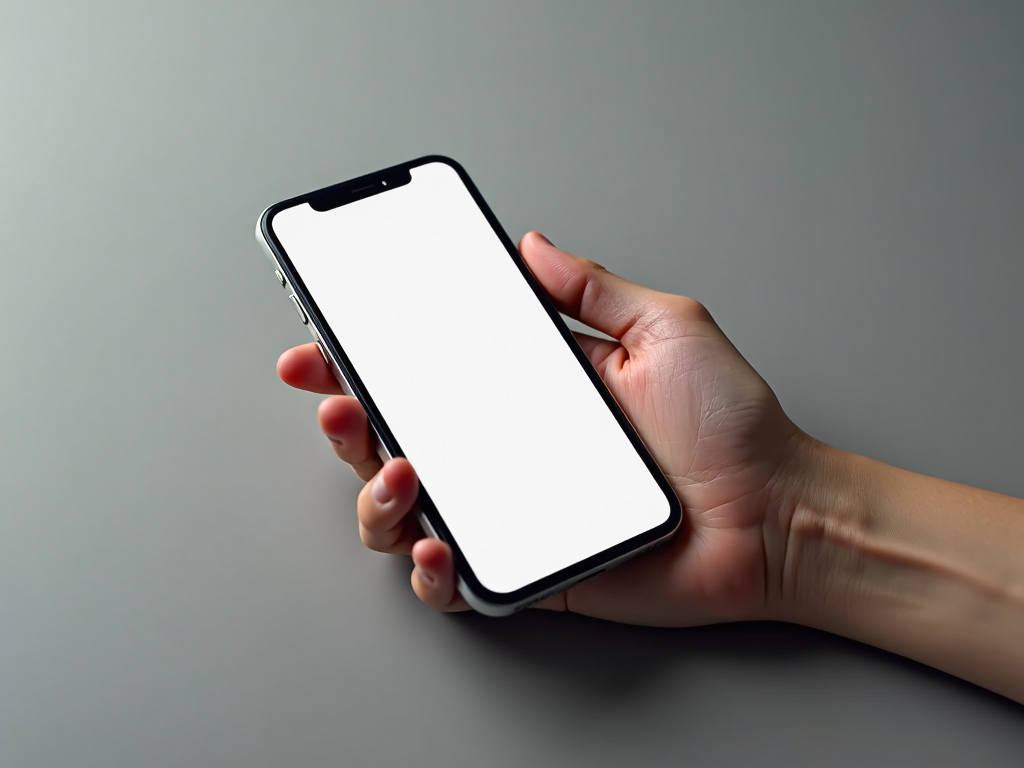As the world rapidly transitions to the faster, more reliable 5G network, it’s crucial to know if your device can take advantage of this technology. Fortunately, determining whether your phone supports 5G is straightforward once you know what to look for. This article will guide you through four effective ways to verify whether your smartphone is 5G-capable, ensuring you can enjoy the benefits of increased speed and connectivity.
1. Check the Phone’s Specifications

The most straightforward method to determine if your device supports 5G is to check its specifications. You can do this by visiting the manufacturer’s official website or checking the phone’s retail box. Look for network compatibility under the features or connectivity section. Most modern smartphones will explicitly mention “5G” support as part of their specifications.
Alternatively, you can also find this information on tech websites that provide comprehensive phone reviews and specifications. It is worth noting that the presence of 5G bands in your phone’s specs confirms the capability. Here’s how you can perform this verification step-by-step:
- Visit the manufacturer’s official website or a trusted tech review site.
- Look up your phone’s model.
- Navigate to the specifications or connectivity section.
- Identify the network compatibility and check for 5G bands.
By following these steps, you can efficiently verify if your phone is designed to work with 5G networks.
2. Use the Phone’s Settings Menu

Another reliable way to check 5G support is through your phone’s settings menu. Most smartphones offer a section for network settings, where you can see the types of networks your device is compatible with. Here’s how you can check:
First, open the settings menu on your phone. Next, find the ‘Network & Internet’ or ‘Connections’ section, depending on your device’s interface. Within this section, there should be a ‘Mobile Network’ or ‘Cellular Network’ option. When you go into this menu, look for options that mention ‘Preferred Network Type.’ If you see an option for 5G, then your phone supports it.
This method is particularly useful as it uses the phone’s internal settings, giving you an accurate confirmation without needing external resources.
3. Contact Your Mobile Carrier
If you are still uncertain after checking the settings and specifications, contacting your mobile service provider is an excellent option. Carriers have records of all devices registered on their networks and can instantly tell you if your device supports 5G. When you contact them, have your phone’s model number and IMEI number ready for quick processing.
Additionally, service providers can offer insights into 5G coverage in your area and any settings you might need to change on your device for optimal 5G use. Some older devices might require software updates from the carrier to enable 5G support, even if the hardware is technically capable.
4. Search for the Model Online
An extensive internet search is another option to confirm 5G support. Tech communities and forums like Reddit or XDA-Developers often discuss device capabilities and network support. Type your phone’s model into a search engine along with “5G support” to see what other users have reported.
Professional review sites may also include detailed network information that is omitted from manufacturer pages. Keep in mind the source’s reliability when conducting online searches to ensure you receive accurate information. This approach also lets you read about user experiences, which can give you a more practical insight into how well the device functions on a 5G network.
Conclusion
If you’re eager to jump on the 5G bandwagon, knowing if your phone is 5G-ready is critical. By checking your phone’s specifications, exploring settings, contacting your carrier, or searching online, you can efficiently determine if your device supports this new network technology. With access to 5G, you’ll be able to enjoy faster download speeds, improved connectivity, and a more robust mobile experience. As 5G continues to expand globally, ensuring that your device is compatible can help you stay ahead in an ever-evolving digital landscape.
Frequently Asked Questions
1. Can all phones be upgraded to support 5G?
Not all phones can be upgraded to support 5G. It requires specific hardware that only 5G-compatible phones have. Software updates alone cannot enable 5G on older devices.
2. How do I know if my area has 5G coverage?
You can check your mobile carrier’s website for 5G coverage maps. These maps show areas with 5G availability, helping you determine if you can access 5G networks where you live or work.
3. Is 5G automatically enabled on 5G-capable phones?
While 5G-capable phones are designed to use 5G, you may need to enable it in settings or contact your carrier to ensure your plan supports 5G connectivity.
4. Will 5G drain my battery faster?
Using 5G can consume more battery than 4G due to higher data speeds and increased processing requirements. Phones with optimized 5G settings can help mitigate this.
5. What benefits does 5G offer over 4G?
5G offers significantly faster download speeds, reduced latency, and the ability to support more connected devices simultaneously compared to 4G, enhancing overall connectivity and performance.





